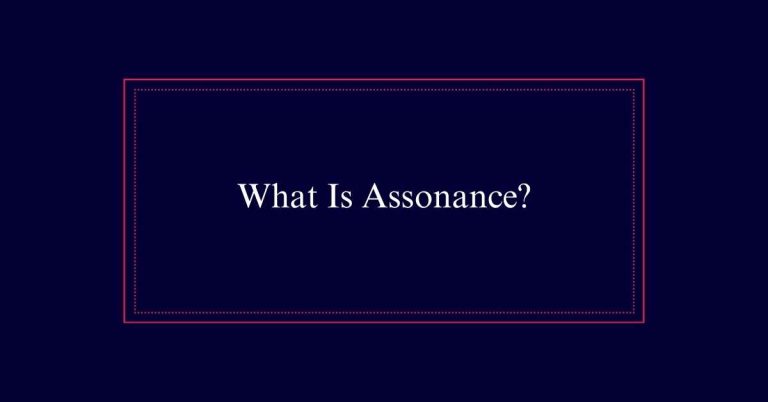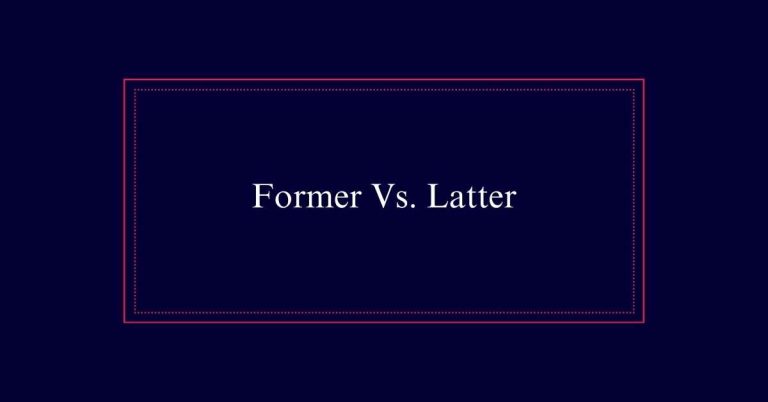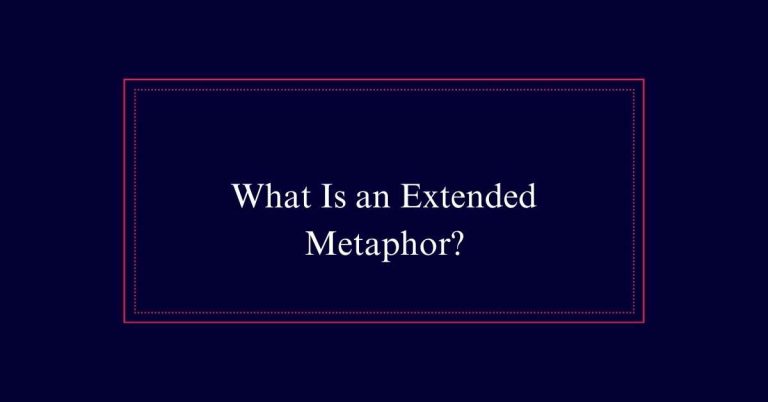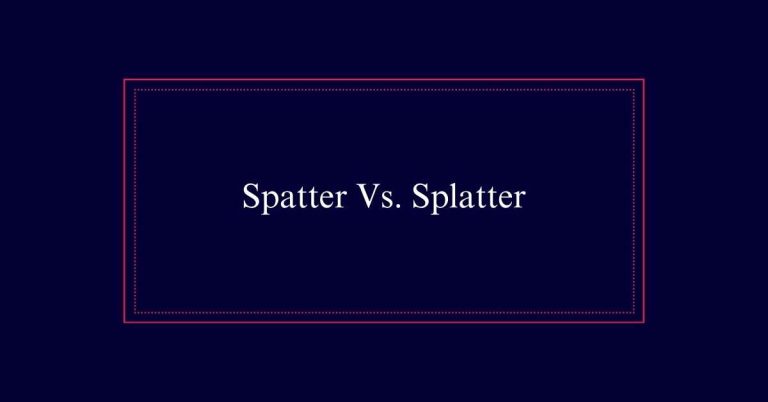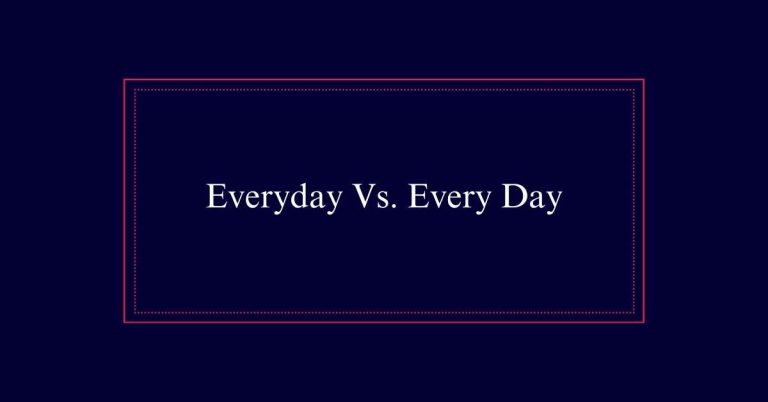Fulfil Vs. Fulfill
The words ‘fulfil’ and ‘fulfill’ are regional spelling variants with the same meaning. ‘Fulfill’ is preferred in American English. ‘Fulfil’ is standard in British English and other countries. Both terms refer to completing promises, duties, or tasks. Inflected forms like ‘fulfilling,’ ‘fulfilled,’ and ‘fulfillment/fulfilment’ consistently use double ‘l.’
Definition of Fulfill
The term ‘fulfill’ denotes the act of carrying out a promise, duty, or task that has been entrusted to someone. It involves completing an obligation or meeting expectations. The word is commonly seen in various contexts, such as fulfilling orders, promises, or responsibilities.
In the United States, ‘fulfill’ is the preferred spelling, while ‘fulfil’ is used in other English-speaking countries. Both spellings are correct, but regional preferences dictate their usage. The inflected forms like ‘fulfilling’ and ‘fulfilled’ consistently use the double ‘l’ across all English dialects.
Understanding these nuances helps in recognizing the subtle differences in spelling and usage between American and British English. This distinction is essential for accurate communication in different regions.
Definition of Fulfil
Similarly, ‘fulfil’ refers to carrying out a promise, duty, or task, but is the preferred spelling in British English and other English-speaking countries outside the US. It encompasses the same meanings and uses as ‘fulfill.’ To understand better:
- Promise: When one keeps their word, they fulfil a promise.
- Duty: Completing responsibilities at work or in personal life means fulfilling obligations.
- Task: Successfully finishing a project involves fulfilling tasks.
The term ‘fulfil’ is widely used in various contexts such as order processing and descriptions of potential. It retains the core meaning of achieving or completing something. The preference for ‘fulfil’ underscores regional spelling differences within the English language.
US Vs. UK Usage
While American English typically uses ‘fulfill,’ British English prefers ‘fulfil.’ This difference in spelling reflects broader patterns in the two variants of English. In the United States, ‘fulfill’ is the standard form, seen in various contexts, such as professional settings and everyday language.
Conversely, in the UK and many other English-speaking countries, ‘fulfil’ is more common. These spelling preferences extend to related terms. For example, American businesses often operate ‘fulfillment centers,’ whereas UK companies may refer to ‘fulfilment centres.
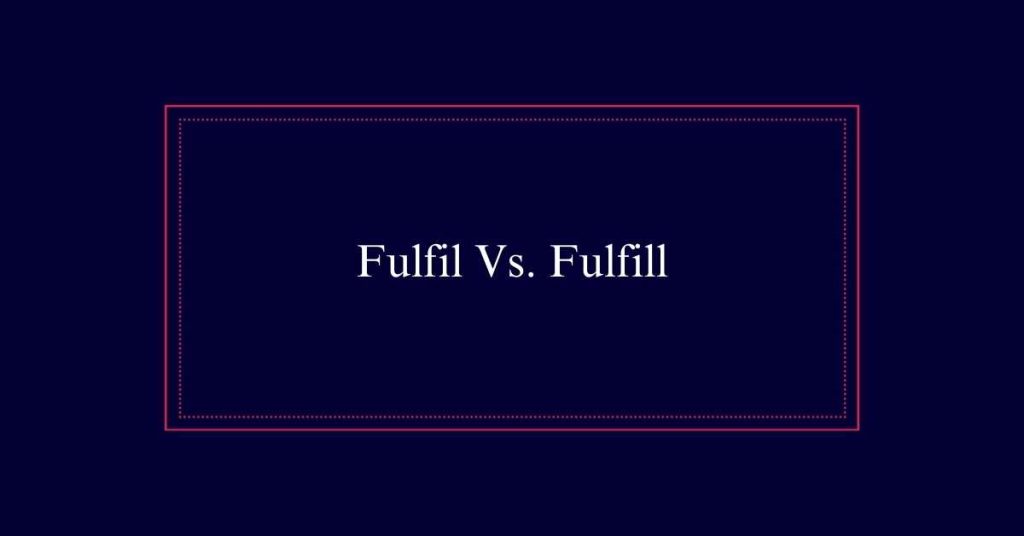
Despite these differences, both forms convey the same meaning: completing a promise, duty, or task. The choice between ‘fulfill’ and ‘fulfil’ ultimately depends on the regional spelling conventions followed by the writer.
Inflected Forms
In both American and British English, inflected forms of ‘fulfill’ and ‘fulfil’ consistently use a double ‘l’. This consistency helps maintain clarity in written communication.
Here are key inflected forms:
- Fulfilling: This present participle is used to describe actions or states that are ongoing.
- Fulfilled: The past tense form indicates that a promise, duty, or task has been completed.
- Fulfillment/Fulfilment: As a noun, it denotes the state of being satisfied or completed.
These forms are universally accepted regardless of regional spelling differences. Using a double ‘l’ in these forms guarantees consistency and avoids confusion in both American and British English contexts.
Examples in the US
In the United States, ‘fulfill’ is commonly observed in contexts related to sports achievements and music reviews. For instance, sports journalists frequently write about athletes fulfilling their potential or promises made to teams.
Similarly, music critics often use ‘fulfill’ to describe how an album meets or exceeds expectations. The term is also prevalent in business settings, particularly in the operation of ‘fulfillment centers’, which are warehouses designed for efficient product storage and shipping.
Additionally, American English uses ‘fulfill’ in various professional and academic contexts, maintaining consistency across industries. The widespread use of ‘fulfill’ in the US underscores its role in articulating the completion of tasks, promises, and goals.
Examples Outside the US
Outside the United States, the spelling ‘fulfil’ is frequently utilized in various professional and descriptive contexts. In the UK and other English-speaking countries, ‘fulfil’ appears in several settings:
- Order Processing: Companies use ‘fulfil’ when describing the completion of customer orders.
- City Potential: Urban planners and developers often talk about a city’s potential to ‘fulfil’ its growth plans.
- Criticism: Reviewers and critics may argue that certain actions lead to hardship rather than ‘fulfilment’.
British English prefers ‘fulfil’ in places where American English would use ‘fulfill’. This spelling difference highlights a broader trend in vocabulary distinctions between the two versions of English.
Spelling Preferences
Spelling preferences in English can vary greatly between American and British contexts. This distinction is evident in the use of ‘fulfill’ and ‘fulfil’. American English mainly uses ‘fulfill’, while British English prefers ‘fulfil’.
Here are three key points to note:
- American Usage: ‘Fulfill’ is the standard spelling in the United States.
- British Usage: ‘Fulfil’ is commonly used in the United Kingdom and other English-speaking countries.
- Consistency in Inflections: Regardless of the root spelling, inflected forms such as ‘fulfilling’ and ‘fulfilled’ retain the double ‘l’ universally.
Understanding these preferences helps in writing accurately for different English-speaking audiences. This knowledge is essential for clear communication and proper localization of content.

